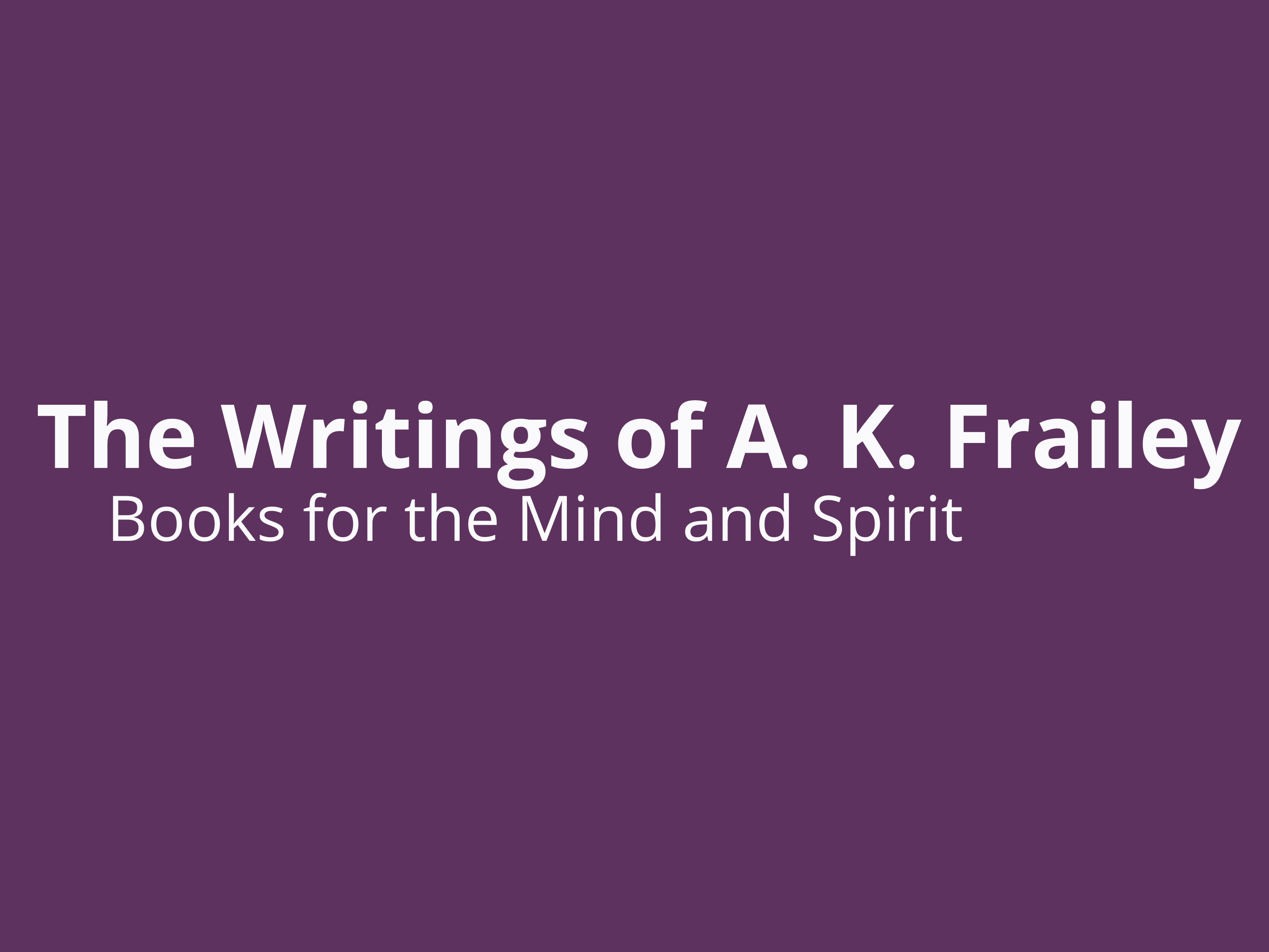Truth in Fiction
My Road Goes Ever On
Our Own Way
I have discovered that Truth in Fiction reveals aspects of humanity’s responsibility to ourselves and our planet in ways that we might never see otherwise.
From ScienceNews.org
“Earth’s climatic future is uncertain, but the world needs to prepare for change…climate scientists also use these simulations to envision a range of different possible futures, particularly in response to climate-altering greenhouse gas emissions. These Choose Your Own Adventure–type scenarios aim to predict what’s to come…”
I am quite convinced of three points here—that the Earth’s climate is changing, that humans are stewards of the Earth, and that we are terrible at predicting anything.
The fact that the climate is changing seems rather obvious in light of the fact that once upon a time we were in an ice age and now we’re not. That we, as human beings with hot ideas and a penchant for making our lives simpler, easier, and more comfortable without realizing the cost, have altered the planet isn’t on the far side of believable. But I shake in my boots when we embrace “this is what the future looks like” scenarios. Not because they couldn’t possibly happen, but because, in a strange way, through our imagining them, we make them the very least likely thing to happen.
That’s where fiction comes in. The power of fiction is not that it simply tells an entertaining story, but good fiction tells the truth through an imaginary lie. Shadows outlining reality. Not how it actually is or is going to be, but shadowing the spirits of heroes and monsters stalking us through the highways and byways of human history.
I’m not suggesting that scientists can’t wring their hands with the best of us, worrying about our great-great-grandkids’ futures, but rather that we should take a cautionary peek inside ourselves as much as stare at threatening simulations.
As a teacher, I well remember the grand conferences where we’d gather in scholarly bulk and the latest-greatest and most advanced reading programs would be laid before our wondering eyes. After a hearty lunch, we’d head back to our rooms and try to apply our newfound knowledge so that we could enflesh that glorious hope and teach our twenty-some kids to read. The next day, I’d have a kid whose mother threw a shoe at him on the way out the door, another child with an upset stomach, and one dad bellowing about the sports program. I’d scratch my head and pray I could manage to keep the class from breaking into hives, much less teach them to read.
In my novel, Homestead, I envision a rural homemaker trying to manage in a world where technology has crashed, and her husband doesn’t make it home. The key for her, teachers everywhere, and those humans who actually care about the Earth is that in order to achieve a noble end, we have to do a lot of little things right. And they have to be done at home. Up close and personal. Self-discipline married to selflessness.
Kids aren’t so keen to read when mom and dad are having emotional meltdowns. Improvements in the US, China, India, or any other country, aren’t going to happen simply because computer simulations show future generations wearing gas masks embedded in their skin.
The value of a good story, the ones that really stop human beings in their tracks, are the ones where we see ourselves reflected in the cause as well as the effect. It’s not because people are terrible, evil beings that we suffer climate change or any other danger. It’s because we like to travel far and fast, use air conditioners and refrigerators, eat lots of meat, and have our own way more than we care about the long-term effects on others. Yes, we can make laws demanding lower emissions and whatnot, but as long as there are black-market buyers, there will be black-market sellers, and so it goes.
Whether we believe in a hot-house Earth, crashing technology, out-of-control bots, scammers extraordinaire, or whatever nightmare we can simulate, like Rosie, we must accept in our day-to-day lives, we are the homemakers or the home breakers—be it on the ground floor or in the middle of a solar system.
~~~
A. K. Frailey is the author of 17 books, a teacher for 35 years, and a homeschooling mother of 8.
Make the most of life’s journey.
For novels, stories, poetry, and inspirational non-fiction books, check out
A. K. Frailey’s Amazon Author Page

“This addictive page-turner flips many of the post-apocalyptic survival topes on their heads, by having the end of the world observed through the eyes of a feisty, stay-at-home 50-something mom. When the power goes out and the cell phones stop working, Rosie is in denial about how serious the situation could be…” ~S Williams
For a complete list of books by A. K. Frailey, book trailers, and reviews, check out
A. K. Frailey’s Books Page
For translated versions of A. K. Frailey’s Books, check out
A. K. Frailey’s Translated Books
Science News https://www.sciencenews.org/article/climate-change-projections-2500
Photo https://pixabay.com/photos/children-future-america-usa-2883627/
